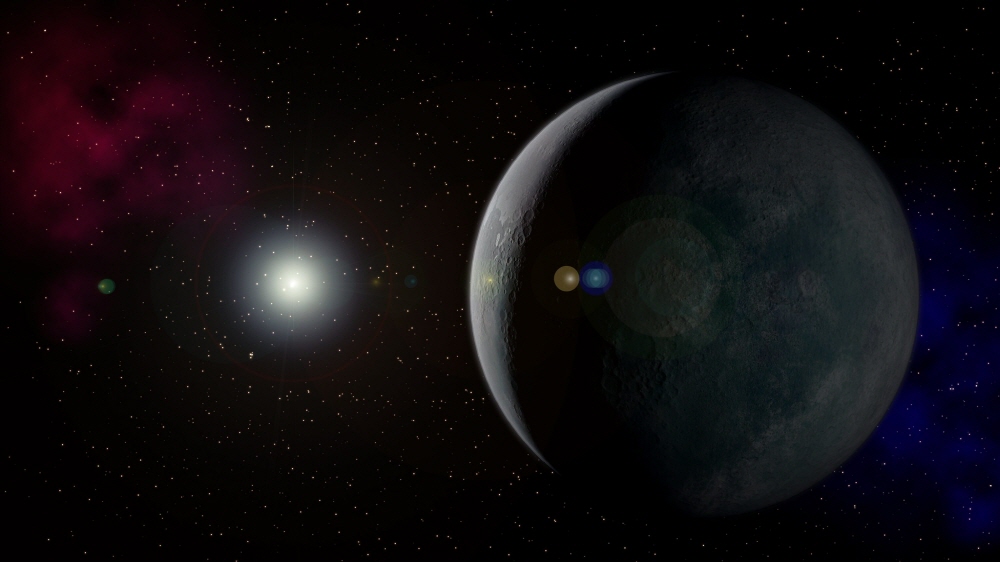
Planet Nine is the ninth planet in the solar system that is said to exist outside the solar system, but so far, Planet Nine has not been actually observed. California Institute of Technology planetary scientists Michael Brown and Konstantin Battigin have narrowed down the range in which Planet Nine is most likely to exist.
The research team published evidence of the existence of Planet Nine in 2016. At that time, the research team did not directly observe Planet Nine, but guessed the existence of Planet Nine through the effect of the gravity of a celestial body that appears to be Planet Nine on other celestial bodies.
The celestial body predicted to exist from the gravitational influence on other celestial bodies is Neptune, the 8th planet in the solar system. Urbain Jean Joseph Le Verrier and John Couch Adams, who predicted the existence of Neptune, found that the observed orbital motion of Uranus, the 7th planet in the solar system, caused the observed orbital motion to contradict the expected motion, and it was influenced by celestial perfection or exoplanets. led to the conclusion that
The research team discovered that the Kuiper Belt celestial orbit is anomalously biased among celestial bodies outside the orbit of Neptune. It is claimed that this object may be under the gravitational influence of Planet Nine, the ninth planet in the solar system.
Currently, the existence of Planet Nine is only a hypothesis, but the research team announced a new narrow range of the likely existence of Planet Nine. The research team identified known Kuiper Belt objects and analyzed the effect of Planet Nine on Kuiper Belt objects after subtracting the observed bias and the gravitational influence of Neptune.
Through this, the research team narrowed down the range where Planet Nine is most likely to exist. In this analysis, the research team estimates that Planet Nine has a mass equivalent to 6.2 Earth and has an orbit of 300 to 380 AU from the Sun. Neptune, the 8th planet in the solar system, has an average distance of 30 AU from the sun, so Planet Nine is orbiting a position more than 10 times distant. In addition, Planet Nine has an orbit tilted by 16 degrees from the plane of the solar system, and its brightness can be seen as a magnitude 22 that is darker than the magnitude 15 of Pluto.
Still, the possibility remains that the unnatural deflection in Kuiper Belt orbits was not due to Planet Nine gravity but happened by chance. However, according to the research team, this possibility is only 0.4%. Related information can be found here.


















Add comment